
Apple appears to have accidentally revealed a slew of unannounced hardware after internal identifiers appeared in publicly shared software code, providing unusually specific clues across multiple product lines. The revelations, which point to next-generation chips spanning Apple’s iPhone, iPad, Apple Watch, Mac, and Vision Pro product lines, also help validate previous reports and rumors about Apple’s roadmap for future products.
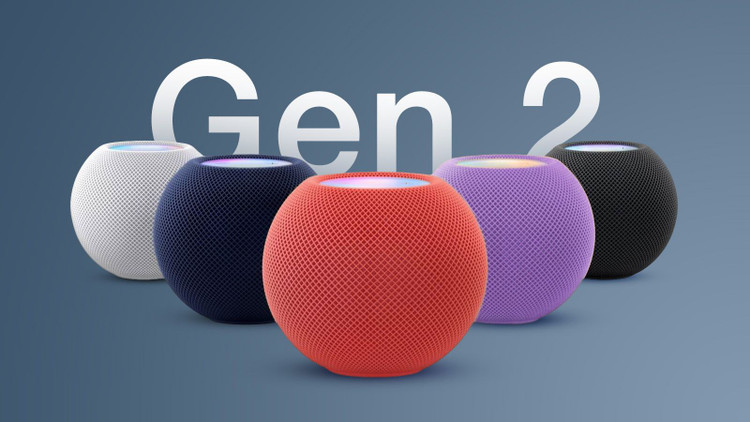
The next-generation HomePod mini (codenamed B525) is powered by Apple's T8310 microarchitecture — the same core architecture used in the latest Apple Watch — representing a significant step up from the current S5-based speaker. MacRumors notes that Apple is also testing internal Wi-Fi/Bluetooth pairing with Wi-Fi 6E and is considering new colors.
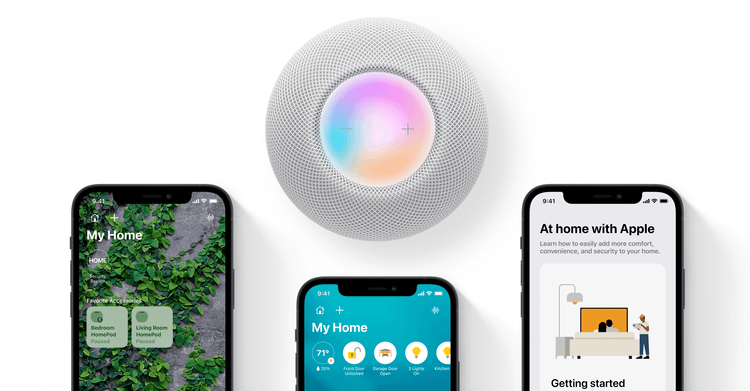
- The current mini runs on an S5 chip but doesn’t have a Neural Engine. The new model is expected to add a 64-bit dual-core CPU based on the A16 and a 4-core Neural Engine for faster on-device processing and smarter audio features. The mini launched at $99 and will remain at that price. Upgrades to the chip and radios may cost a little more, but Apple typically keeps the original price the same.
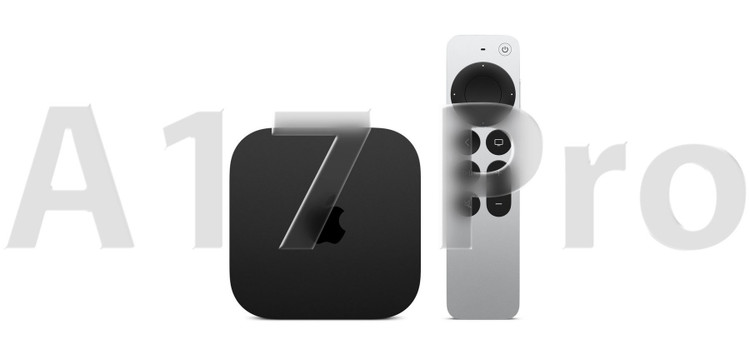
- The new Apple TV "later this year" will feature the A17 Pro chip, the same chip that powered last year's iPhone 15 Pro, which will significantly improve Apple TV performance, support Apple Intelligence, and increase the space for console-style graphics.
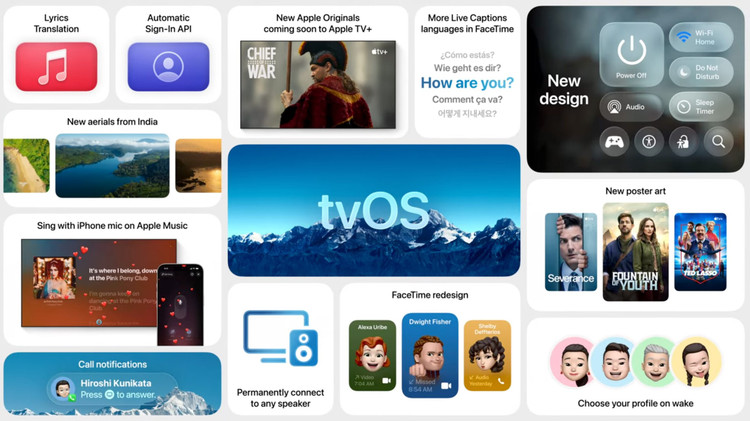
- The current Apple TV 4K runs on an A15 chip. The A17 Pro upgrade would bring significant improvements and support for more advanced gaming and AI features; Apple is also testing a separate Bluetooth/Wi-Fi chip for the box. The current model starts at $129–$149; the A17 Pro upgrade suggests Apple will stick with that price point, with possible differences in storage or Ethernet.
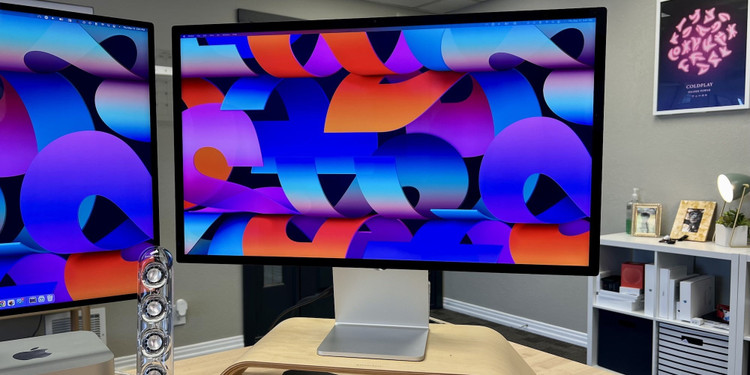
The Apple Studio 2 display references the code "J427" for the next-generation Studio Display, with a second code path "J527" being evaluated. The report points to the potential for mini-LED backlighting, an early 2026 launch, and integration with the first Macs using Apple's upcoming M5 chip.

- The 27-inch Studio Display (2022) uses standard LED backlighting and a 60Hz refresh rate. The mini-LED upgrade would improve peak brightness, contrast, and HDR performance. Two code paths suggest Apple tested multiple sizes or variants before finalizing. The current Studio Display starts at $1,599. The mini-LED version could cost more, but Apple’s exact positioning (and whether features like ProMotion will appear) won’t be clear until closer to launch.

- The next iPad mini (J510/J511) will be powered by the A19 Pro chip—the same chip that powers the iPhone 17 Pro—marking a rapid improvement over the current mini's A17 Pro chip. In addition to the SoC leap, Apple has been working on mini OLEDs since 2026, but the exact timing hasn't been determined.

The A19 Pro is expected to offer more GPU cores than the A19; Apple could also sell a version with one core less for certain devices, as it often does with its mobile devices. Apple is pricing the OLED iPad mini as a premium small tablet, and the A19 Pro chip upgrade without an immediate display upgrade suggests the price will remain the same.
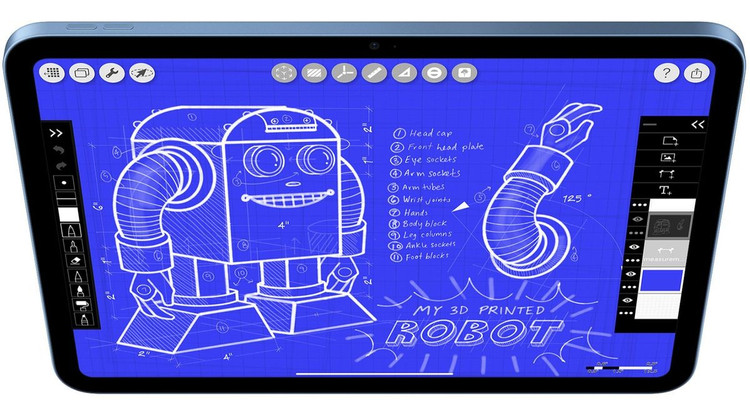
- Apple's next budget iPad (J581/J582) is expected to use the A18 chip and launch in the spring. The current budget iPad uses the A16 chip. According to a previous report cited by MacRumors, the A18 chip is expected to add a 16-core Neural Engine and support for Apple Intelligence, bringing advanced AI features to the budget segment while retaining the current chassis.
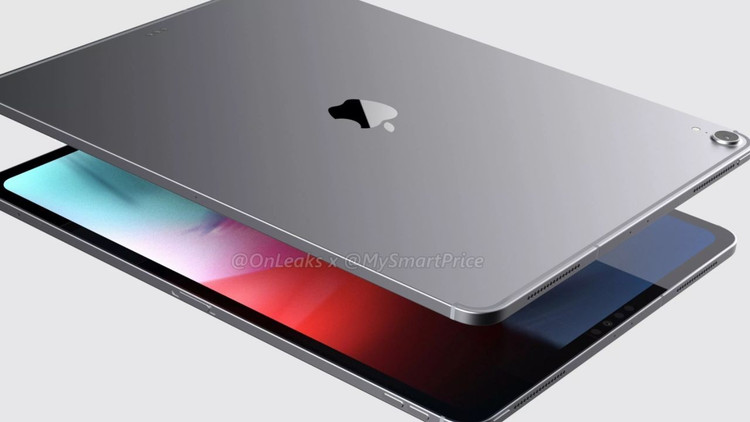
Apple has aimed for an attractive starting price; the current model starts at $349. If the only major change is the switch to the A18 chip, that starting price will likely remain the same.
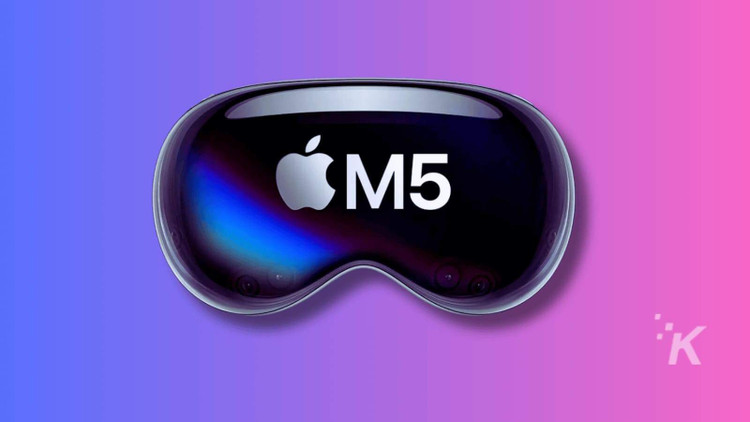
- The code will sync the second generation of Vision Pro with the M5 chip. That’s a pretty significant upgrade, as Apple’s first-generation VR headset only used the M2 chip. Other than the CPU, changes are expected to be modest, with new straps for increased comfort being discussed. A launch date could be as early as late 2025.
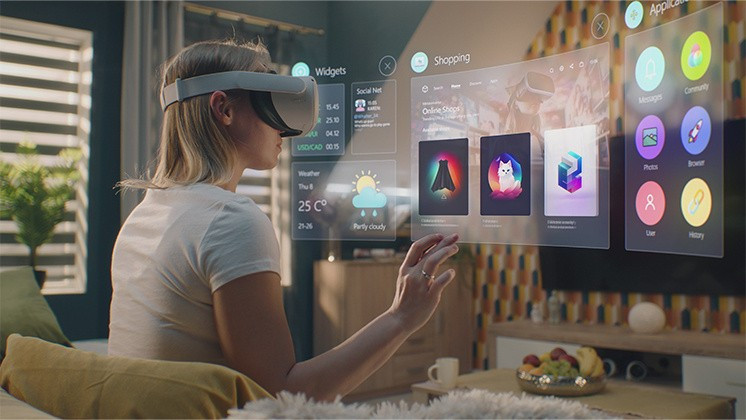
The M5 upgrade will significantly improve CPU/GPU performance and neural processing capabilities while maintaining the same industrial design, according to current guidelines. The first model will start at $3,499. With the ongoing updates focusing on silicone and comfort, Apple will likely keep the starting price the same until there are any changes to the specs.

The Apple Watch Series 11, Watch Ultra 3, and Watch SE 3 are powered by the S11 SiP, which maintains the T8310 architecture used in the S9/S10 (two “Sawtooth” performance cores, 64-bit dual-core CPU, 4-core Neural Engine, second-generation UWB, 64GB of storage). Apple has typically reused the watch’s microarchitecture over the years.

Expect packaging or performance improvements rather than major performance improvements this cycle; the bigger changes could come with the S12 in 2026. The codename reference also suggests next year's models are planned. Barring changes to materials or displays, the Series 11 will likely stay in that price range.

Likewise, the Ultra has kept its $799 starting price since launch, so unless there’s a new sensor or material, it’ll likely stay around that price. And the Watch SE’s starting price—$249, plus $50-100 for cellular depending on configuration—will likely be around the same.
Source: https://khoahocdoisong.vn/apple-vo-tinh-tiet-lo-hang-loat-san-pham-trong-ma-phan-mem-post2149045901.html


































































![[Photo] Party and State leaders visit President Ho Chi Minh's Mausoleum and offer incense to commemorate Heroes and Martyrs](https://vphoto.vietnam.vn/thumb/402x226/vietnam/resource/IMAGE/2025/8/17/ca4f4b61522f4945b3715b12ee1ac46c)






























Comment (0)